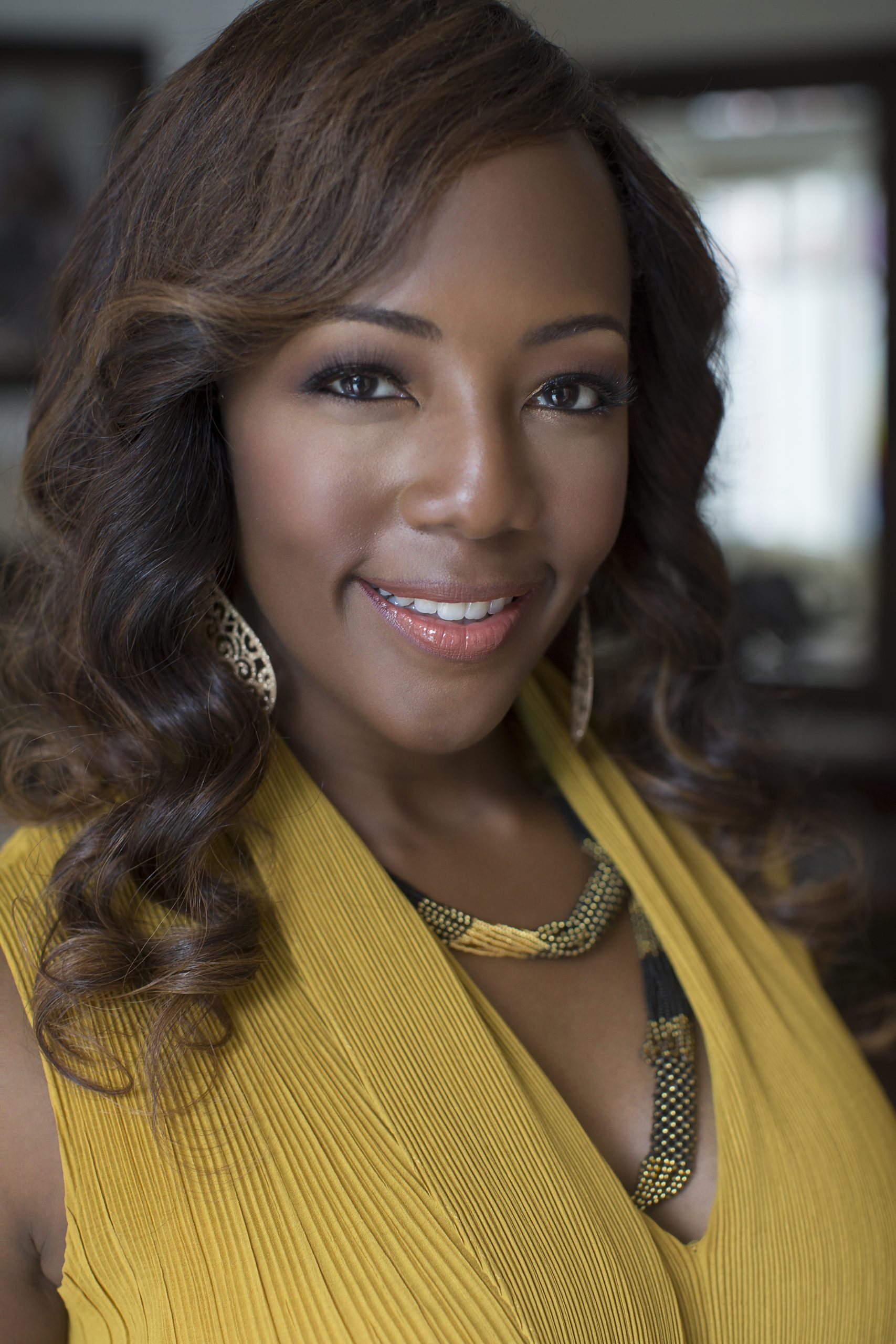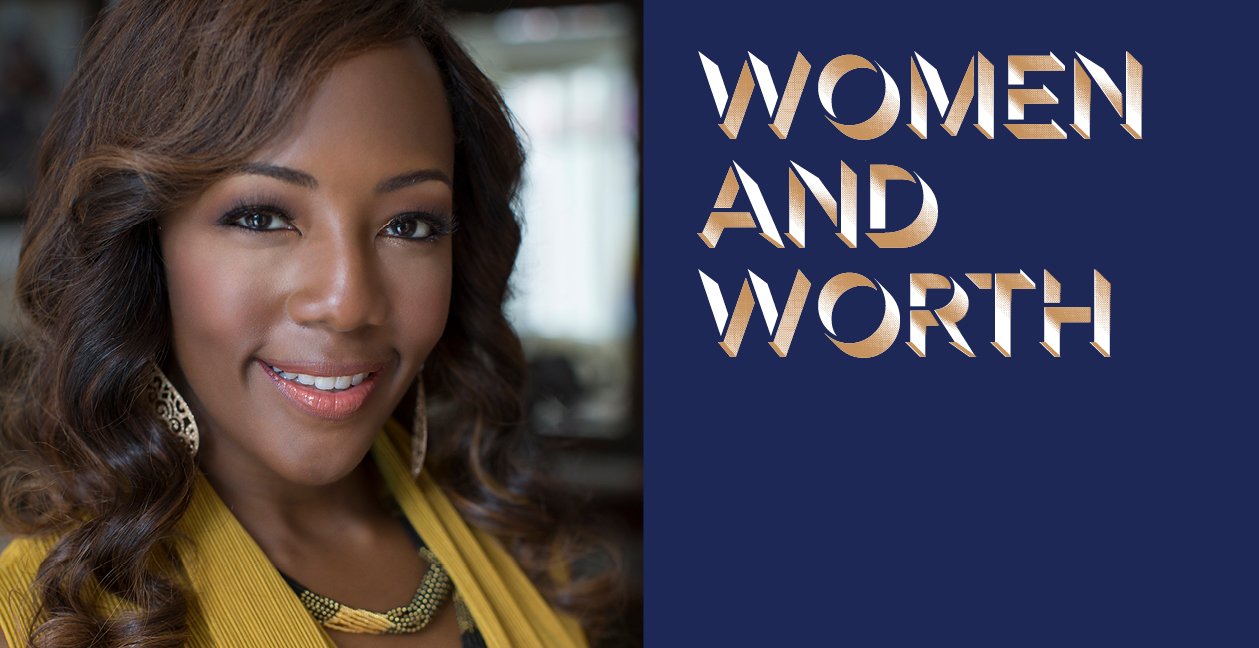Gail Warrior’s dad always told her that she had her last name for a reason. For the woman who created one of the largest woman- and minority-owned general construction companies in the country, it does seem incredibly fitting.
Warrior led the firm for nearly 20 years, establishing it as one of the country’s leading experts in permanent modular construction—even signing a $40 million contract with the U.S. army to build barracks at Fort Bliss.
The Warrior Group, started in 1997, is now shuttered for reasons Warrior won’t discuss. These days, she serves as the CEO of CASPR Group, a healthcare company that uses new technologies to reduce secondary infections in hospitals.
And to think—she almost became a franchise owner of a Smoothie King instead. Warrior spoke to Worth about the Warrior Group, CASPR and what it takes to be a female executive in male-dominated industries.
Q: What inspired you to start the Warrior Group, and what did you do before that?
A: Prior to starting Warrior Group, I was working in corporate America, for an oil and gas company. I worked there for about eight years. They merged, and I didn’t want to relocate to Houston, so I left the company and was looking for other opportunities at that point. Let me also preface by saying that I came from an entrepreneurial family. My dad has always been an entrepreneur himself, and so doing something entrepreneurial was always in my blood.
[I] went to dinner one evening with some very good friends who owned a modular manufacturing facility, here in one of the suburbs in Dallas. They talked about the opportunities for modular construction, particularly in the federal government space. Now, at that time, I was looking at another venture. I was going to be a franchise owner of a Smoothie King. I’d actually gone to their headquarters and looked into the cost of being a Smoothie King owner, and I’ll never forget, one of the things that a friend said to me was, “Why would you want to make your money one smoothie at a time?” I never thought about it that way.

Long story short, [I] started Warrior Group literally within six months after that. We were not a full-fledged construction company in the beginning. We consulted for another small business that was doing construction for the federal government already, and that was certified by the SBA as an 8A contractor. We were basically a business development arm, so we’d help them find the opportunities, put the bid together, work with the manufacturer to get it put together. Then, they took over—the small business actually took over the actual installation.
At what point did the Warrior Group receive its first government contract?
We received our first government contract in September of 2000. And I continued to grow the company until the end of 2006, early 2007. I got some funding from an organization called Texas Women Ventures.
We paid them back. I became an investor in the fund myself, to be able to help other female entrepreneurs or female CEOs to grow their business.
I was running it on my own, with my then husband at the time. He and I cofounded the company, ran it together until we divorced in 2009. Then, he exited the company.
The Warrior Group made a name for itself as one of the leading experts in permanent modular construction. How did you lead the company to become an expert in that area?
There’s a nonprofit called Modular Building Institute, and I had the opportunity to attend the conferences and meetings there quite often, as well as was a speaker on the capabilities of modular construction and permanent modular construction. We actually, in the U.S., helped build one of the first two-story, three-story and four-story permanent modular facilities; we did that with the U.S. Army Corp of Engineers.
When people thought about modulars, you have to remember the time frame we’re talking about. The company was started in ‘97, and when people thought of modular construction, the first thing that came to their mind was the inferior portable buildings that you would see on a school yard that everyone hates.

So, one of the things that we did was just change the mindset and people’s thought process of what modular construction really is.
If you look over in Europe, for example, and other countries, different types of modular construction have been being built for decades. Using modular as a mode of construction here in the U.S., at that time, was still relatively new. With the federal government, it didn’t really exist. The government used a lot of modular buildings for temporary space, but nothing ever for permanent structure.
The Warrior Group landed a $40 million contract in 2006 to provide modular buildings at Fort Bliss. What did it take to land that?
That was not our first contract with Fort Bliss. We did a temporary barracks project with them, we did a smaller project with them. I’d have to go back and look and see how many projects we did at Fort Bliss. We did so many projects, with so many different bases across the U.S., it’s hard to remember how many we did at each base.
The beauty about modular is that while the actual units are being developed and built inside the manufacturing facility, onsite, we’re also, at the same time, building the foundations, doing all the plumbing. So, when the different modules are brought to the site, we’re putting everything together, and we’re stacking those, one on top of the other, making all the connections. Then putting the faux façade on the outside, to make it look like it was built there, onsite. When that module gets to the site, it’s already about 85 percent complete. At that point, it’s just a matter of connecting the electric, the water and all the utilities, and then connecting one floor to the other.
Is the Warrior Group still up and running?
No, it is not.
What year did it close?
2016.
Do you mind if I ask why?
That’s not a question that I’d go into. I exited the company is the only thing that I share.
Okay. On another note, one of the aspects of the Warrior Group that is so compelling is that it was one of the largest women/minority-owned construction companies. What obstacles did you face in being a female executive, and a woman of color?
I learned very quickly to have tough skin, not to take things personally, and that most of the time, when I walk into a room, whether it’s for a pre-bid meeting or [a meeting] with some larger general contractors that we partnered with, often times I was the only female in the room.
What was that like?
There’s a phrase that a really dear friend and mentor shared with me once. She said, “People tend to do business with people they know, like and trust.” [So,] if you’re in a room of 100 people, and that room is divided 50 men and 50 women, most of the time, the women are going to be geared toward the women to strike up a conversation, and vice versa. That’s just natural. For me to be a woman in a conversation with a group of guys, it wasn’t their natural tendency to include me in the conversation.
Sometimes it’s challenging because, particularly in a male-dominated field like construction, it is still a good old boy industry.
Sometimes when a strong woman comes into the room, and states her opinion, and asserts her ground, even backed up with facts, that can be perceived and come across as … If it was a guy having that conversation with another guy it would be, oh okay, I got you. If it’s a woman having that conversation with a man, sometimes saying the exact same thing, in the exact same tone and manner, sometimes that woman is perceived as coming across as being angry, stubborn or being a bitch.
Not that I was ever going to acquiesce or change my tone. My dad always told me, my last name is Warrior. It’s Warrior for a reason. So I was never one to shy away from telling people how I felt, or what I thought.
So what you’ve been up to since exiting the Warrior Group, and where do you see your career heading?
 The past three years, since October of 2016, I’ve been leading a company called CASPR. CASPR stands for Clean Air Surface Pathogen Reduction. And helping to build a team to work with the healthcare industry, specifically to help hospitals, surgical centers, you name it, reduce their overall hospital-acquired conditions in the hospital.
The past three years, since October of 2016, I’ve been leading a company called CASPR. CASPR stands for Clean Air Surface Pathogen Reduction. And helping to build a team to work with the healthcare industry, specifically to help hospitals, surgical centers, you name it, reduce their overall hospital-acquired conditions in the hospital.
We have multiple devices, but one of our main devices we install inside the duct of an air conditioning system. That device emits a very low level of a gaseous form of hydrogen peroxide that you don’t see or smell. When that combines with the humidity and the oxygen that’s already in the room, air comes out through the diffuser. Once that air blankets all the surfaces, and of course the air in between, because it’s coming out of a diffuser, [it] will actually kill bacteria, and deactivate the viruses on surfaces and in the air.
What inspired the transition from construction to healthcare technology?
I love construction, loved everything about it, learned a lot, but what I realized is that it wasn’t really making an imprint, or having an impact in the world in which we live. I wanted to think about something that I would do with my life that was going to, at the end of the day, leave a positive impact on the world.
Not only are we helping the patients, but we’re also helping the staff because they’re not getting sick with the flu and other colds that they normally may have gotten exposed to because we’re cleaning up the air. That’s why I get excited about doing what I do every day.
How many hospitals is this device currently in?
We have equipment installed in one, two, three, four hospitals, getting ready to do two more.
Alright, one final question for you: What are the greatest lessons you’ve learned so far from being an executive?
I’ve really learned how to not take things personally. And that everyone comes to the table with their own personal biases. We all grow up with our own set of past experiences and knowledge. Mine is completely different than yours, and vice versa. So I’ve really learned how to try to meet people where they are. Really listen to what people are saying more. Sometimes, when people are saying something, you also have to listen to what they’re not saying.







